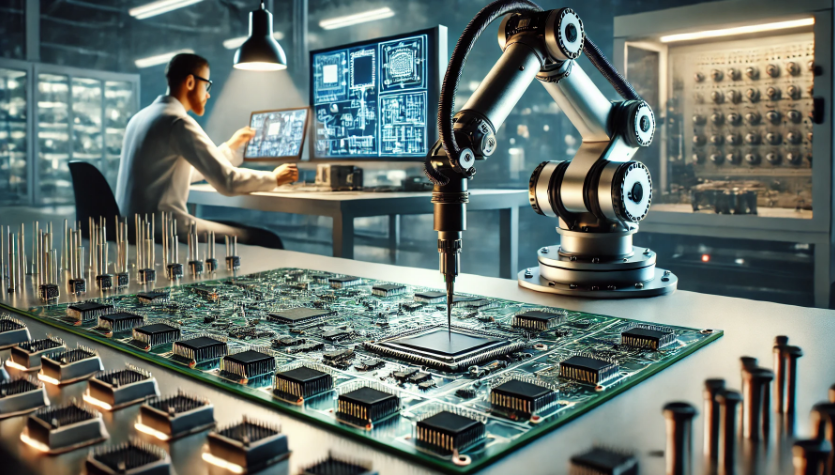
When it comes to PCB (Printed Circuit Board) design, the term "board" can refer to the base material on which the electronic components are mounted and interconnected. The most commonly used board material in PCB design is FR-4, which is a glass-reinforced epoxy laminate. However, the "board" in the context of PCB design could also refer to the software or platform used to create the PCB layout. In this blog, we will explore both aspects of the "board" in PCB design.
The Material Board: FR-4 and Other Substrates
The physical board material is a critical component in PCB design. It provides the foundation on which copper traces are etched to create the electrical connections between components. The most widely used material for this purpose is FR-4, which stands for Flame Retardant 4. This material is known for its excellent mechanical properties, high heat resistance, and good electrical insulation.
FR-4 is composed of woven fiberglass cloth with an epoxy resin binder. This composition gives it the strength and durability needed to withstand the rigors of manufacturing processes and the operational environment of most electronic devices. It is also cost-effective, which is why it has become the industry standard for PCBs.
However, depending on the specific requirements of the PCB, such as high-frequency applications, flexibility, or extreme temperature resistance, other materials may be used. Some of these alternative substrates include:

Rogers RT/duroid®: Used for high-frequency applications where controlled dielectric properties are crucial.
Polyimide: Used for flexible PCBs that can be bent without breaking.
Teflon®: Known for its low dielectric constant and loss, suitable for high-frequency and high-speed digital applications.
Metal Core PCBs (MCPCBs): Used for applications requiring heat dissipation, such as LED lighting.
The Software Board: PCB Design Tools
In the digital realm, the "board" can also refer to the software used to design PCBs. These tools are essential for creating the layout of the PCB, which includes placing components and routing the traces that connect them. The choice of PCB design software can significantly impact the efficiency and quality of the design process.
Some of the most popular PCB design software tools include:
Altium Designer®: A comprehensive PCB design software that is widely used in the industry for its advanced features and integration capabilities.
EAGLE (Easily Applicable Graphical Layout Editor): A user-friendly software that is popular among hobbyists and small businesses due to its affordability and ease of use.
KiCad: An open-source software suite for electronic design automation, which has gained popularity for its accessibility and growing feature set.
OrCAD: A suite of applications built around electronic design automation, which is suitable for both small and large-scale PCB designs.
Each of these software tools has its strengths and is chosen based on the complexity of the design, the budget, and the user's familiarity with the software.
Conclusion
In PCB design, the term "board" can refer to both the physical material on which the circuit is built and the software used to design the circuit layout. The choice of material board affects the durability, electrical performance, and cost of the PCB, while the choice of software board influences the design process's efficiency and the final product's quality. Understanding the options available for both aspects of the "board" in PCB design is crucial for creating successful electronic device






Write a comment ...